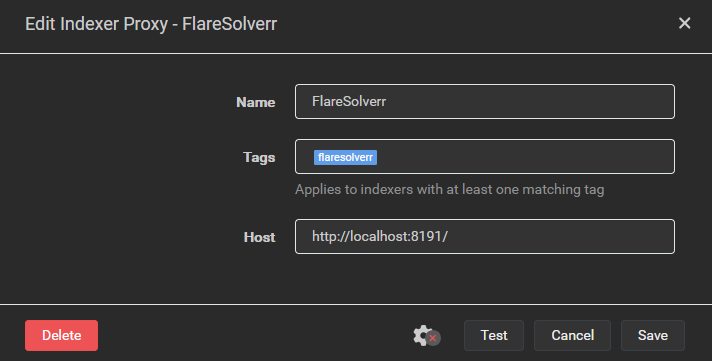

Keep in mind that Larry Ellison is fundamentally incapable of caring whether or not “citizens will be on their best behavior.” The only reason he would say a thing such as this is because he sees an opportunity to make money from such a system.
Do not fall into the trap of anthropomorphising Larry Ellison. You need to think of Larry Ellison the way you think of a lawnmower. You don’t anthropomorphize your lawnmower, the lawnmower just mows the lawn, you stick your hand in there and it’ll chop it off, the end. You don’t think ‘oh, the lawnmower hates me’ – lawnmower doesn’t give a shit about you, lawnmower can’t hate you. Don’t anthropomorphize the lawnmower. Don’t fall into that trap about Oracle.
- Brian Cantrill (https://youtu.be/-zRN7XLCRhc?t=33m1s)












Maybe! There’s at least some scientific evidence that chemical compounds in mushrooms can have medicinal effects.
Bias disclaimer: I put a lion’s mane mushroom tincture in my morning tea because it may have a neuroprotective effect (source). My father’s father had dementia, my father is currently in a home with profound dementia, the chances it’s going to happen to me are very high. It’ll be years before I know whether lion’s mane mushroom will do anything for me (and even then you couldn’t claim anything from one data point), but I’m willing to try anything as long as it’s affordable and has at least some plausible evidence behind it. This isn’t the only thing I’m doing of course, I’ve also overhauled my diet (MIND diet) and lost 30 pounds (obesity is correlated with dementia).
You absolutely could. Or, you know, just eat some of the same mushrooms. The benefit to dried products like Ryze, or tinctures like the one I use, are that they’re convenient, easily transportable and self-stable. I’ve cooked up fresh lion’s mane mushrooms several times, but not super often because they’re not in many stores in my area and tend to be pricey for the amount you get. I’ve also grown my own from a kit but that takes significant time and a little bit of daily attention to maintain optimal growing conditions. The tincture is convenient and relatively affordable as far as daily supplements go.